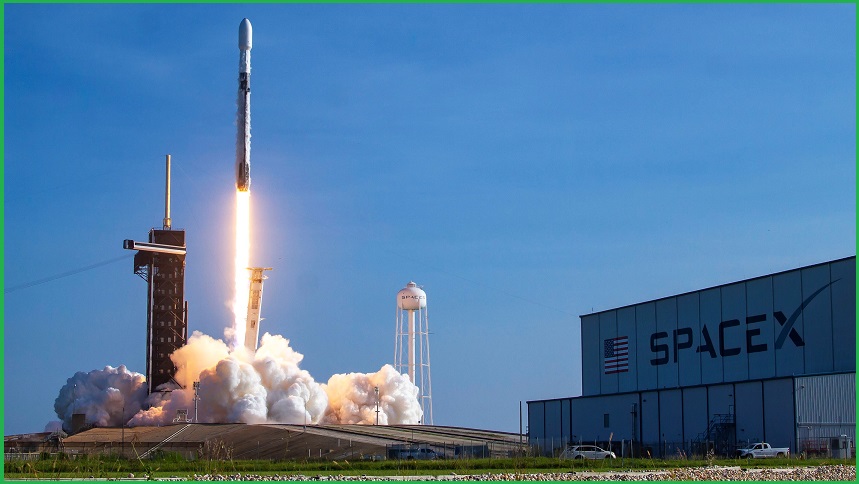Optus mobile customers will be able to send text messages from even the most remote parts of Australia by the end of next year and use voice and data by 2025, the company announced in revealing a partnership with Elon Musk-backed satellite service Starlink.
The new deal will complement Optus’ existing mobile network – which, the company said, already covers 98.5 per cent of Australia’s population – with satellite services delivered to their existing 4G mobile phone anywhere in the country through the SpaceX-owned Starlink constellation of thousands of low earth orbit (LEO) satellites.
The company’s LEO satellites continually orbit Earth at less than 600km in altitude, providing broadband services to terrestrial users anywhere on the ground and handing off services to ensure continuous service as they move.
“Australia’s vastness and terrain can make it difficult for any operator to provide mobile coverage everywhere it is needed, especially in remote or hard-to-reach locations,” Optus managing director for marketing and revenue Matt Williams said in announcing the deal.
The new partnership “aims to bring the coverage capabilities of satellite direct to compatible mobile handsets without the need for customers to buy additional equipment,” he added, calling the new services “a truly innovative model for Australia – connecting satellites to standard mobile phones – and a significant evolution between the services SpaceX has provided in Australia to date.”
By tapping newly approved Starlink V2 satellites –which include the ability to connect to mobile phones on the ground, even in the 60 per cent of Australia’s land mass that currently has no mobile coverage at all – Optus aims to finally enable mobile connectivity in every corner of Australia.
As long as they have clear line of sight to most of the sky, users will be able to send SMS and MMS messages, and access some messaging services, from their existing 4G mobiles by the end of 2024 – with voice and data services promised by the end of 2025 as 5G satellite connectivity progressively comes online.
The coming services expand on a dedicated capability built into Apple’s iPhone 14, which recently gained the ability to contact satellite services in emergencies.
SpaceX began targeting telecommunications providers last August, offering them a Direct-2-Cell capability that was initially announced in partnership with T-Mobile but is now being rolled out globally.
I’ve texted everywhere, man
Starlink’s first-generation satellites have been proven to deliver speeds comparable to fixed broadband for customers using stationary antennae – a key reason that Optus rival Telstra recently signed on with the company to use its services to establish high-speed connectivity to rural and remote properties.
Yet by providing direct connectivity to customer mobiles in areas that currently have no coverage – and doing so without requiring customers to acquire dedicated satellite phones, as other networks do – Optus is aiming to raise the bar even further.
The system has been designed “so that no modifications are required to the cell phone everyone has in their pocket today,” SpaceX has explained, “and no new firmware, software updates, or apps are needed.”
Southern parts of Australia “may experience longer gaps between service availability” until voice and data services are launched, Optus said – an allusion to the ongoing SpaceX launches that will eventually see 7000 V2 satellites added to the Starlink constellation.
“We share Optus’ vision to improve connectivity across Australia,” said SpaceX senior director of satellite engineering Sara Spangelo, noting that the new service will “expand coverage and help keep customers connected regardless of where they live or travel.”
Starlink’s rapidly growing satellite constellation has proved disruptive to existing telecommunications operators’ rollouts since it launched here in 2021, forcing NBN Co to cut staff and fast-track plans to improve its own Sky Muster satellite service as part of a $750m wireless upgrade.
The competitive threat has become so intense that even NBN Co last month announced a months-long request for information (RFI) to gather information about LEO satellite services that, executive general manager for fixed wireless and satellite Jason Ashton said, “could be a part of our network in the future.”
“It is crucial for us to thoroughly examine all emerging technology options,” he said, “to ensure that we make the most informed decisions.”










